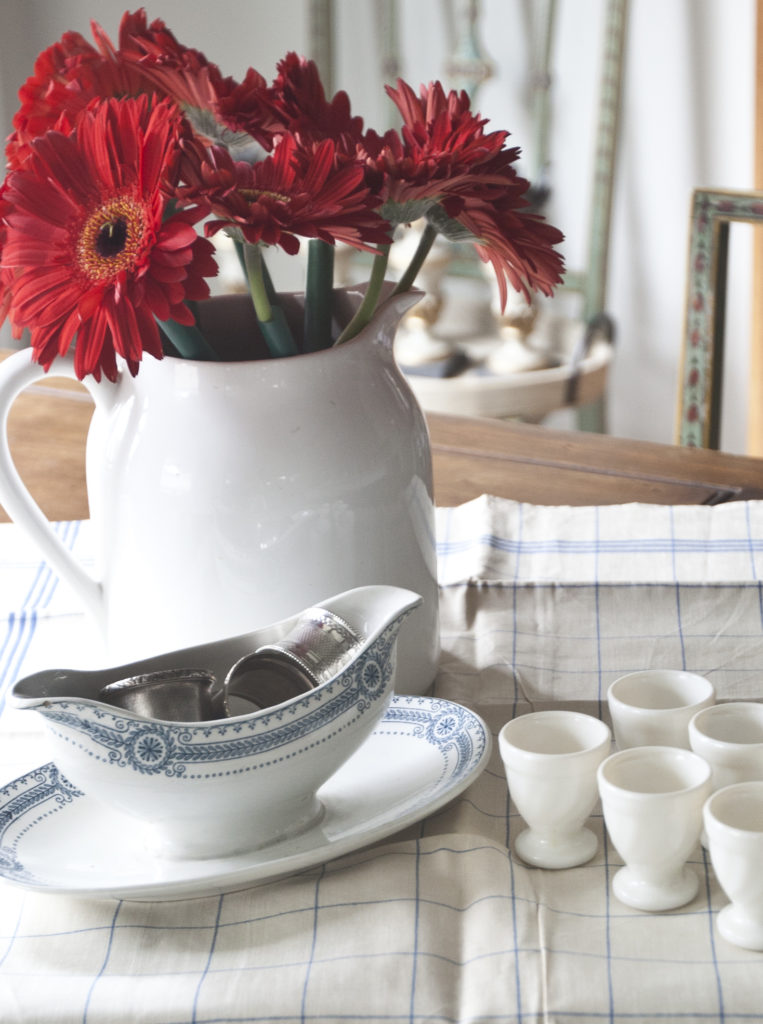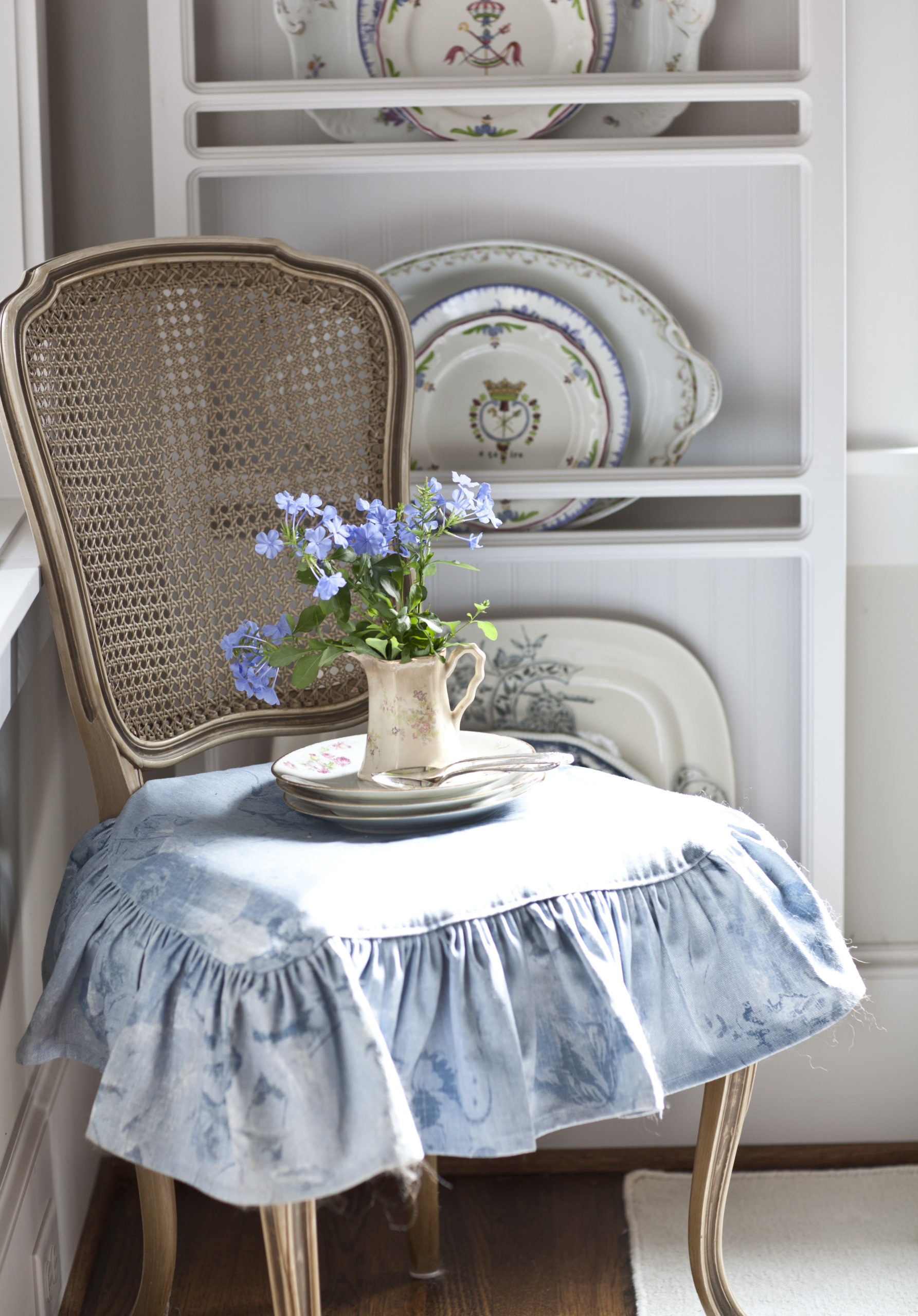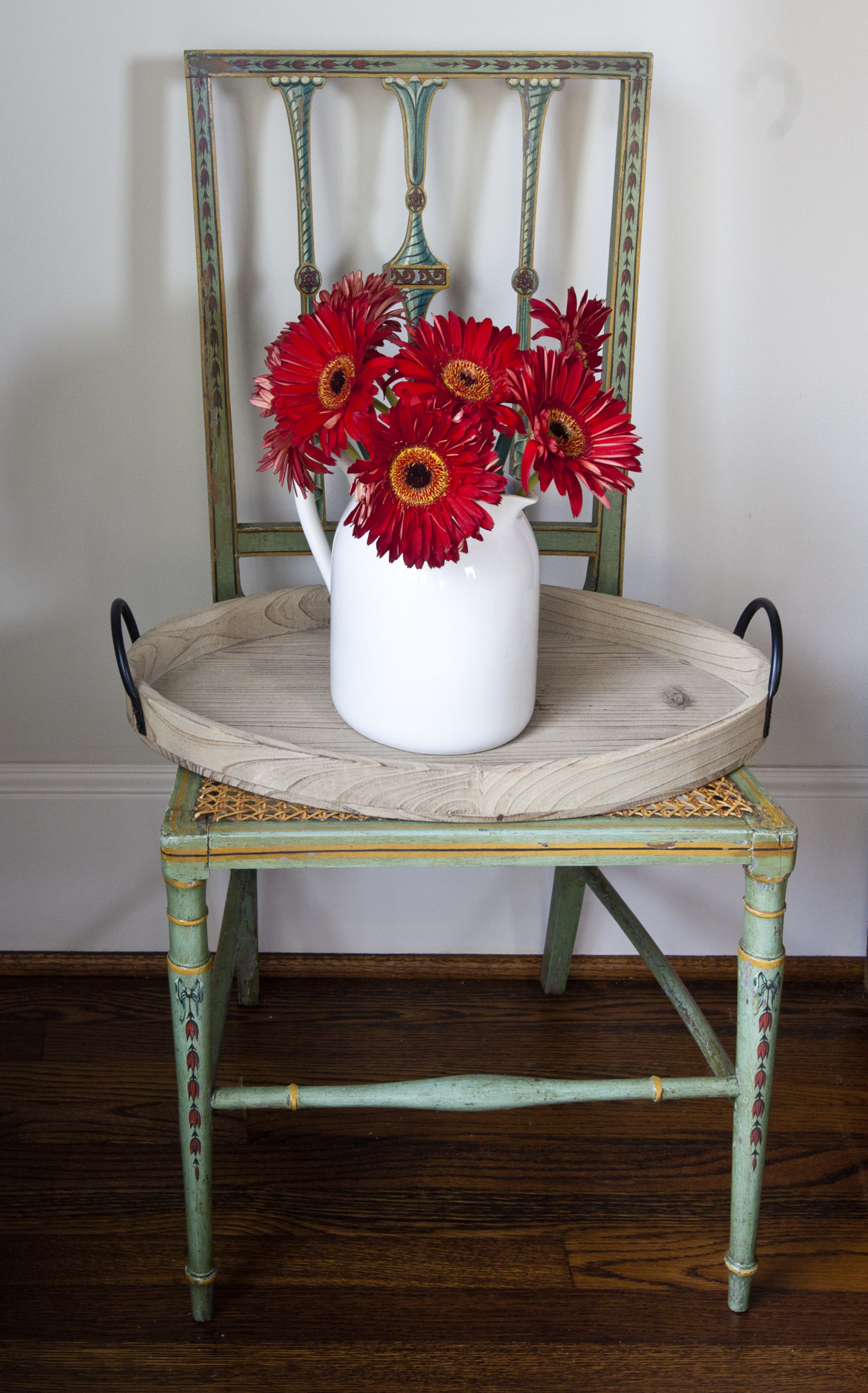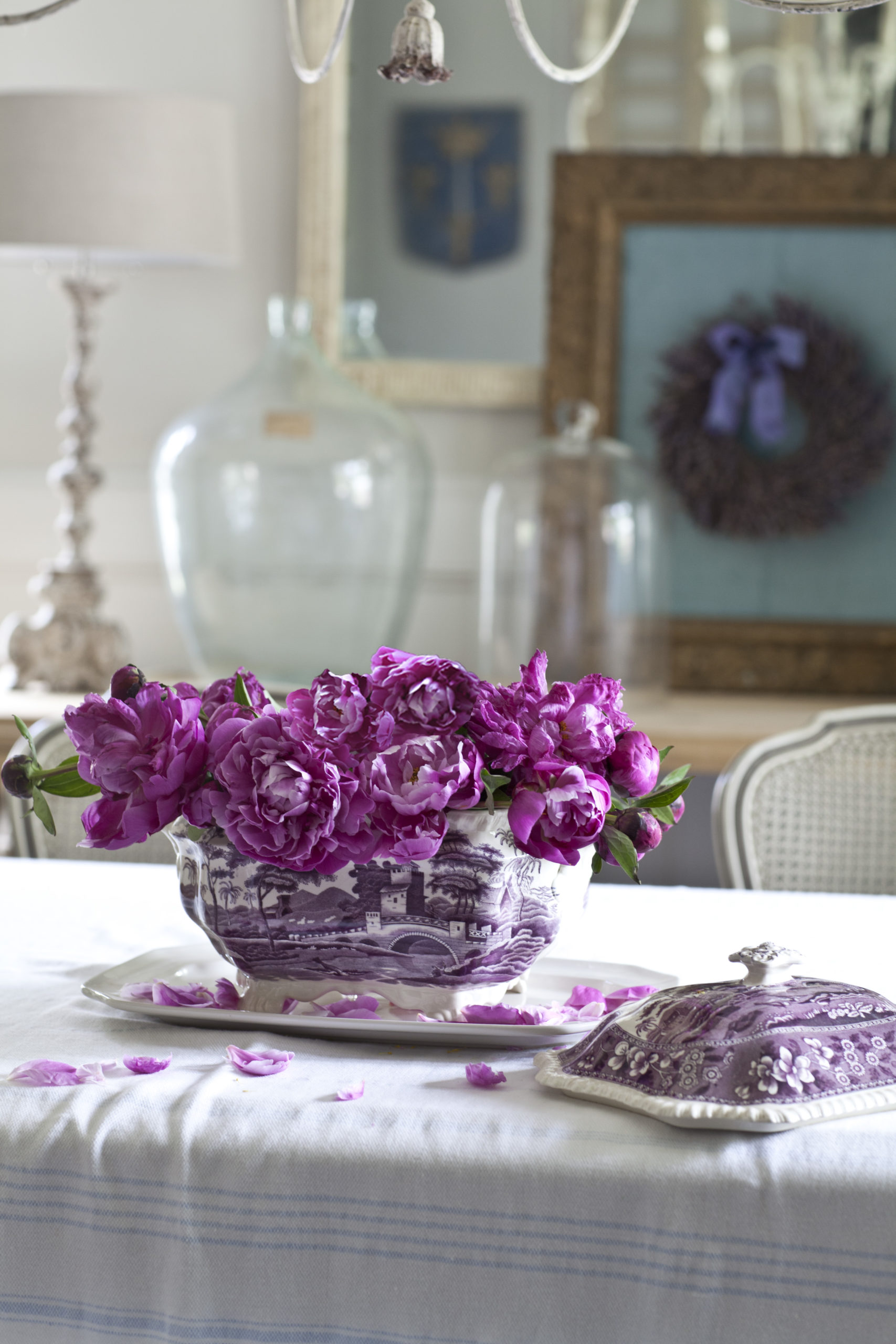A Passion for Antiques
Designer Anita Joyce's early passion for Victorian-era romance novels led to her lifelong appreciation for antiques.

2025 Spring Antiques Show | March 20 – April 6
2025 Fall Antiques Show | October 4 – 18
Designer Anita Joyce's early passion for Victorian-era romance novels led to her lifelong appreciation for antiques.

Our local pizza place offered buttons that read, “Pizza Makes Me Passionate.”
At 13, I wasn’t sure what “passionate” meant, so I asked my mother. This is the same woman who disapproved of me wearing makeup or pants, cutting my hair, attending school dances and listening to rock and roll. Basically, she disliked everything about 1970s popular culture.
If I had known the word’s meaning, I wouldn’t have asked my mom, not only because asking would’ve been unnecessary but because I would’ve realized that I had stumbled into the forbidden territory of s-e-x. Therefore, her answer would be a non-answer delivered with a disapproving look and a lifting of prayers for my soul later that night.

Not long after this I became passionate—but I didn’t use that word around my mom—about historical fiction. The novels featured grand homes, horses, trains and long dresses, always. Although my mom would have been all for me wearing long dresses to cover my legs, she wasn’t going to buy me any or send me on a grand tour of Europe or pay for riding lessons.
My options for pretending I lived in 1875 or thereabouts were limited until I discovered I could take a train from my grandparents’ home in Oklahoma to our home in Texas. Before our annual Oklahoma trip, I suggested extending my stay a week longer than my parents and returning to Texas by train by myself. My brother and parents wouldn’t be on the train to ruin my romantic experience or embarrass me. Magically, they agreed!
The magic didn’t last. The train station was in Purcell along with the prison. Purcell and the train station were dreary, sad and decidedly unromantic. I, on the alert for any escaped convicts traveling with a disguise, scanned the faces of the other passengers. Sadly, everyone appeared to be upstanding, boring citizens.
A few hours into the journey the train’s air-conditioning broke. To escape the heat, I spent most of my time standing on a little landing at the end of our car with dust flying in my face.
No one on the train appeared remotely interesting or close to my age. A man in his thirties traveling with his young daughters invited me to join his table for lunch. The dad was a bit dull for my taste, but his girls were sweet.
The Houston station was as neglected and depressing as the one in Purcell. My awaiting father was the only bright spot. Ironically, although the train trip wasn’t as fun as I expected it to be, it probably was similar to train travel a hundred years before.

As I developed this fascination with the past, I also developed a love, or dare I say passion, for antiques. My very first antique was a book written around 1896 titled The Glory of Woman: Or Love, Marriage and Maternity. I found it at a library book sale for about a dollar.
It had a place in the front where it could be inscribed and given as a gift. I purchased an ink well and a nib pen. I inscribed it from my mom to me. I figured whatever the book said about s-e-x my mom would be okay with since the book was written by Victorians.
My love of antiques has intensified over time, but I’ve lost my desire to live 150 years ago. I’ve seen enough reality shows about living in Victorian London and Regency England to squelch those fantasies. I’m happy to live with modern conveniences and the right to vote and to live without corsets or sidesaddles.
While I’m not anxious to go back in time, I still admire old things. I just bought some amazing circa 1815 dining room chairs that I am looking forward to living with in the 21st Century.
Although I am a happily modern woman, my heart races when I find an antique treasure. The challenge is incorporating beloved antiques into your home without it looking like the set for Pride and Prejudice.
Here’s a few of the ways I live with antiques in the 21st Century:

Mix old and new. A room filled with only antiques can look stiff and museum-like. Mixing new furniture with antiques keeps the room fresh and new while grounding it in the past.
Use antique chairs sparingly. I like to have at least one antique French chair in most rooms to add some elegance. While the antique chairs can be used for overflow seating occasionally, I incorporate newer chairs in the room for primary seating because they are more comfortable and roomier.
Find an upholsterer. Plan on re-covering any antique upholstered furniture you buy. The original fabric rarely works in today’s homes. I love re-covering chairs with old grain sacks or nubby homespun linen. Although the fabric is old, it’s not what would have been on the piece originally. Easy care homespun linen is much more casual, which suits today’s lifestyle much better.
Think twice about re-touching the finish. If the piece is already painted, I try to leave it alone. These chairs are so gorgeous, and I wouldn’t dare touch the paint. I believe the paint is original, and if it is, then painting these chairs would destroy their value. Even if the paint isn’t original, it’s still perfect for me!
If a piece isn’t painted, I think about it long and hard before I apply paint. I did happily paint some very dark oak pieces—and I think they look so much better—but when it comes to walnut, fruitwood, antique pine or anything with an inlaid finish, I leave it alone.
Have fun and only buy what you love. That’s my most important advice.
——————————————————————————————————————–Photos by Anita Joyce
cedarhillfarmhouse.com
Anita Joyce has a city house in Houston, a country house near Shelby and a flair for French farmhouse style. The former engineer is a wife and mother as well as a self-taught photographer, interior designer, blogger and online entrepreneur who founded cedarhillfarmhouse.com in 2011.
2025 Spring Antiques Show | March 20 – April 6
2025 Fall Antiques Show | October 4 – 18